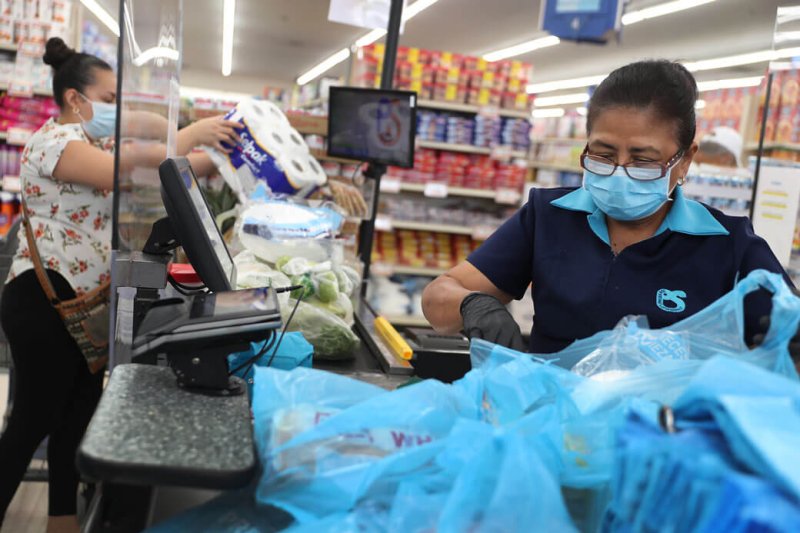California is a large and complex state, and our coronavirus challenge, too, is anything but straightforward. In fact, the best way to approach covid-19 in the Golden State is to think of it as a series of independent regional epidemics, each requiring its own solution.
The most significant outbreak is among the state’s urban and rural Latino populations. Among cases where the patient’s race is known, 55 percent of California’s infections have been in Latinos, who make up just under 40 percent of the state’s population.
…
In California, the infected are predominantly low-income, densely housed front-line service workers. Leaving home to work each day, they are exposed to the virus. When they return, it spreads in their households, which are often multigenerational. The consequences are striking. In late April, professor Gabriel Chamie and colleagues from the University of California at San Francisco studied 3,953 individuals living in a single census tract in the Mission District of San Francisco. While the estimated prevalence of infection among non-Latinos in this population was 0.2 percent, for Latinos, it was 3.9 percent — nearly 20 times higher.
The Golden State’s swift and coordinated shutdowns helped control the virus in March and April. Now, state and local leaders will need to devise more creative, targeted solutions. As case numbers and deaths mount daily, Californians hope we are up to the challenge.































